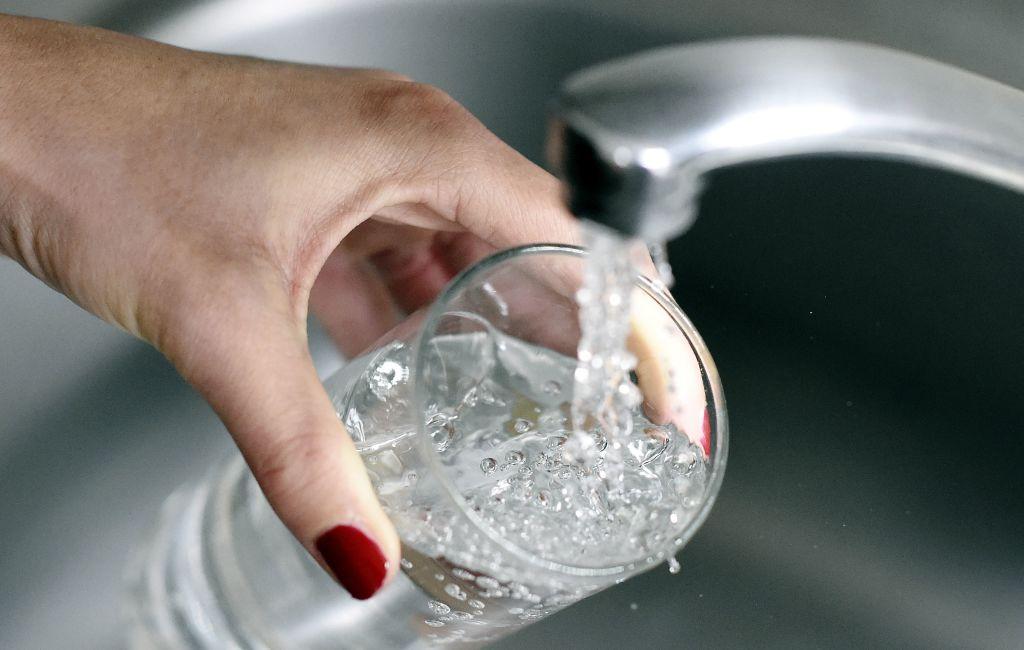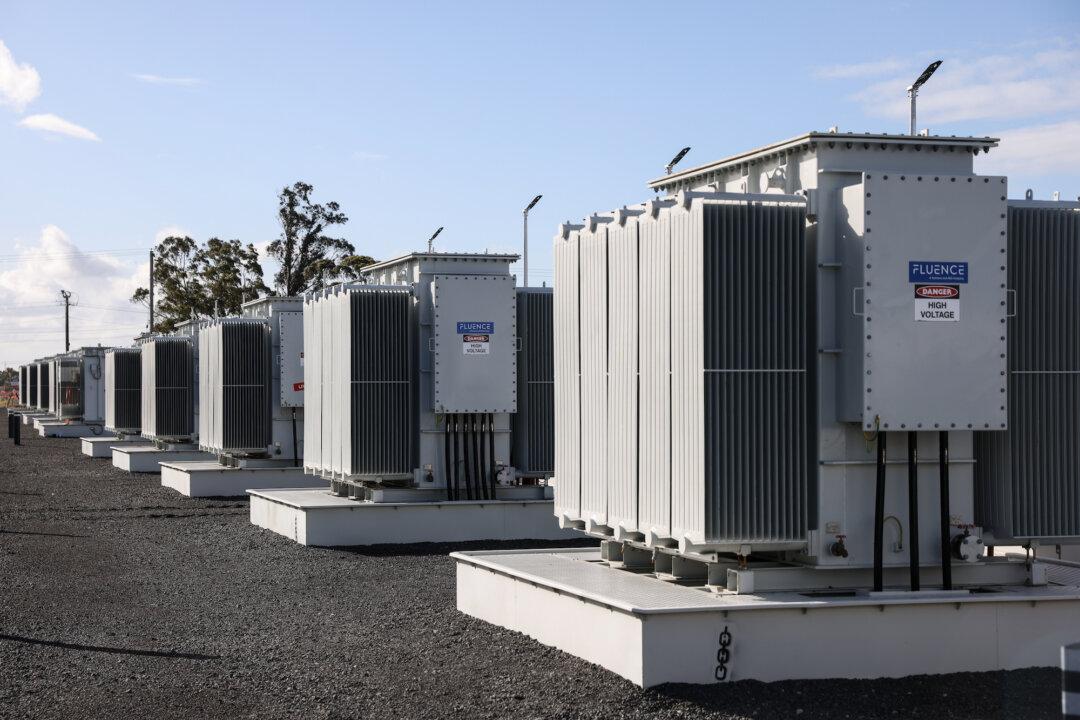Instinctively, people assume that if you poke additional holes in a sieve, more water will pass through; however, recent research demonstrates that the opposite may be true at the nanoscale with a global team of scientists from Australia, Germany, France and Japan finding that water does not behave as expected while using Graphene Oxide (GO) filters.
The researchers found, whilst experimenting with GO membranes, that the chemical environment and surface tension have an important role to play in water permeability and could have significant ramifications for water purification, energy storage, and hydrogen production.




